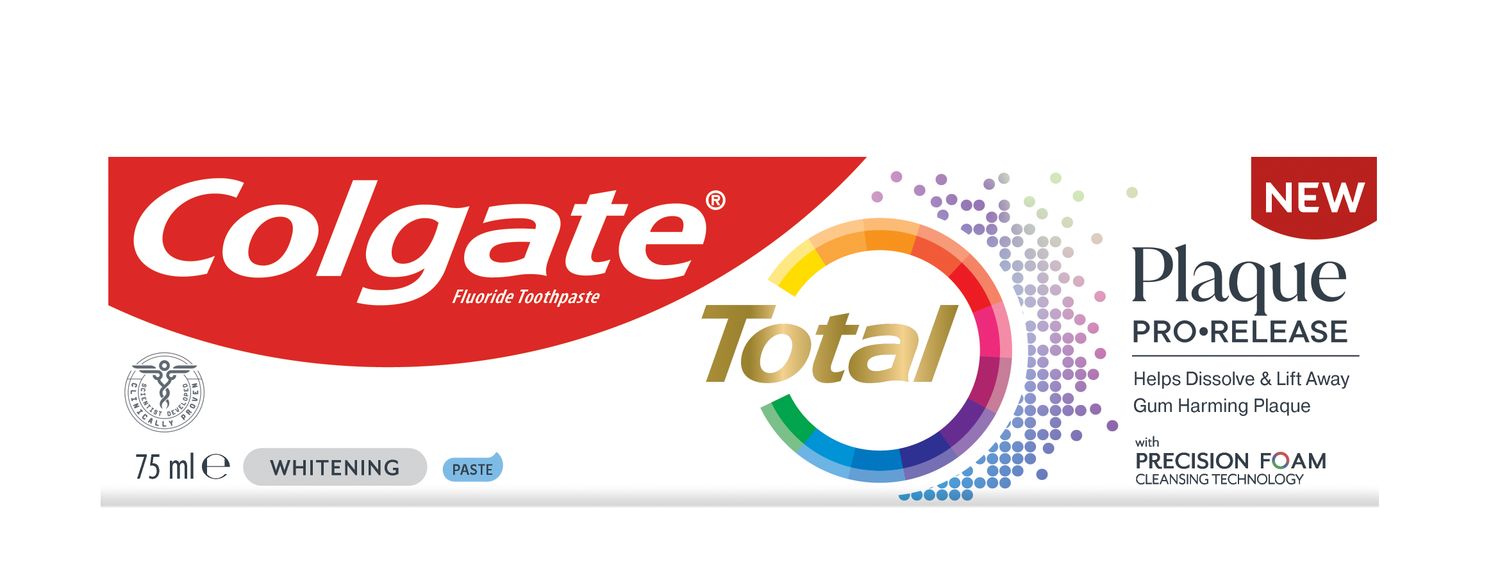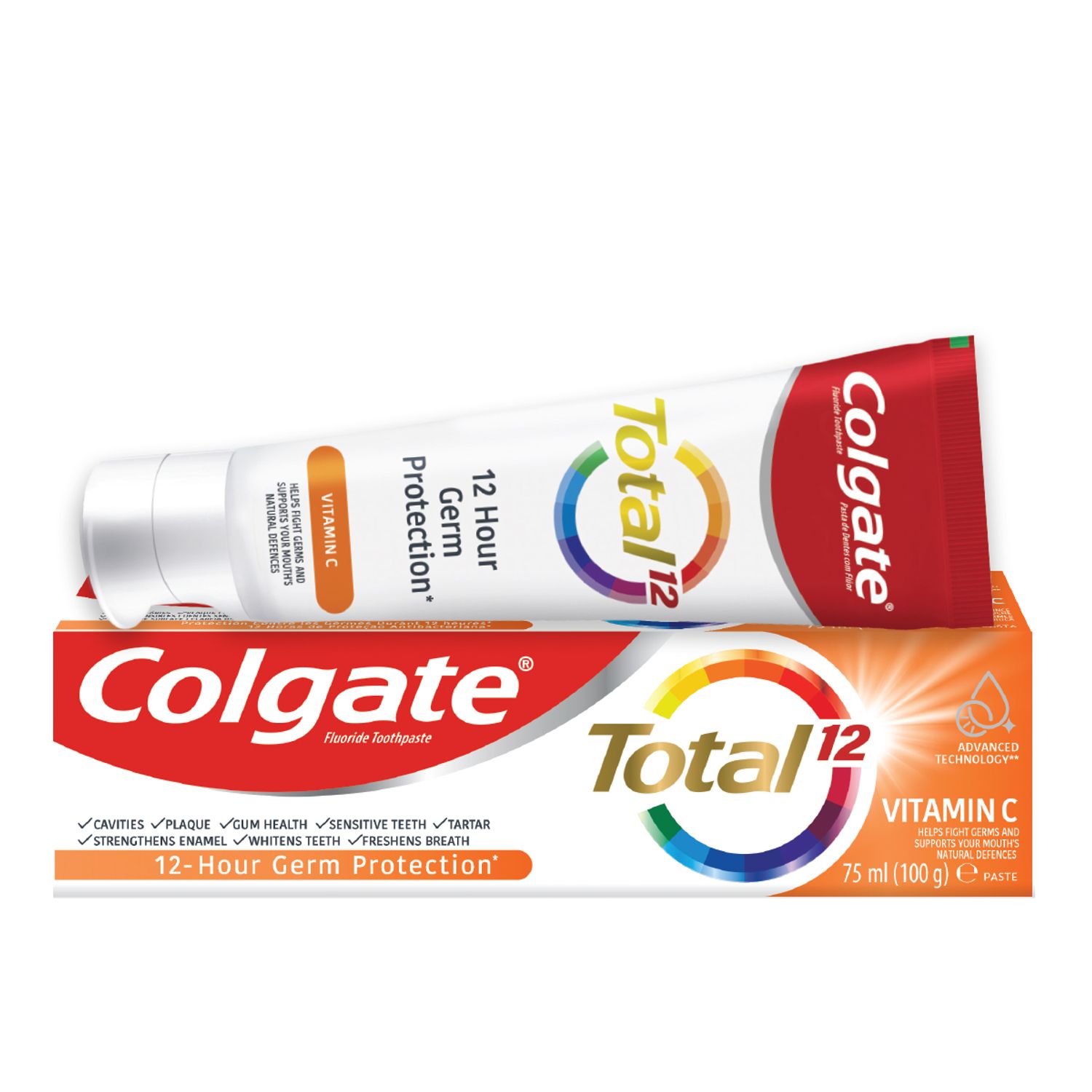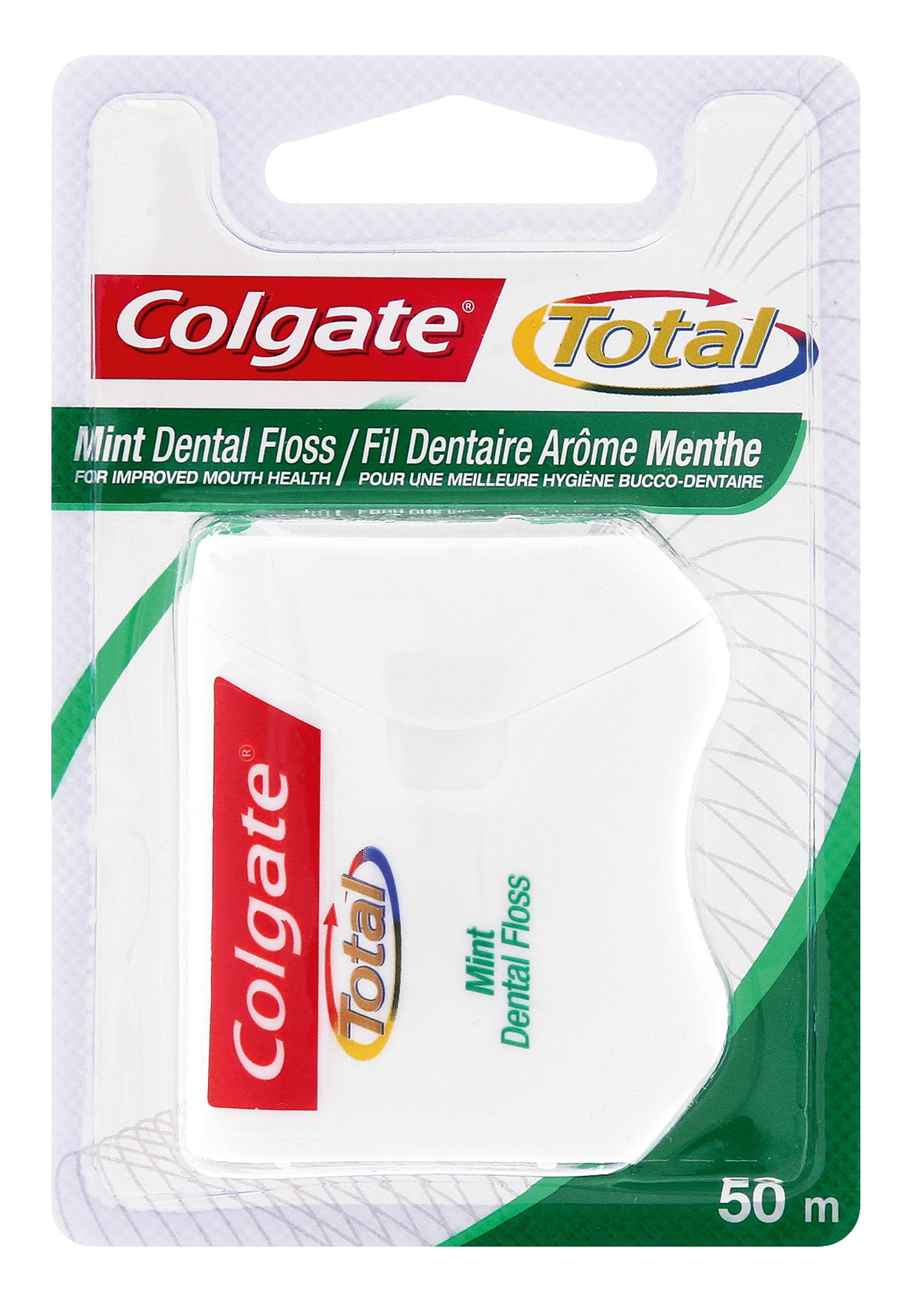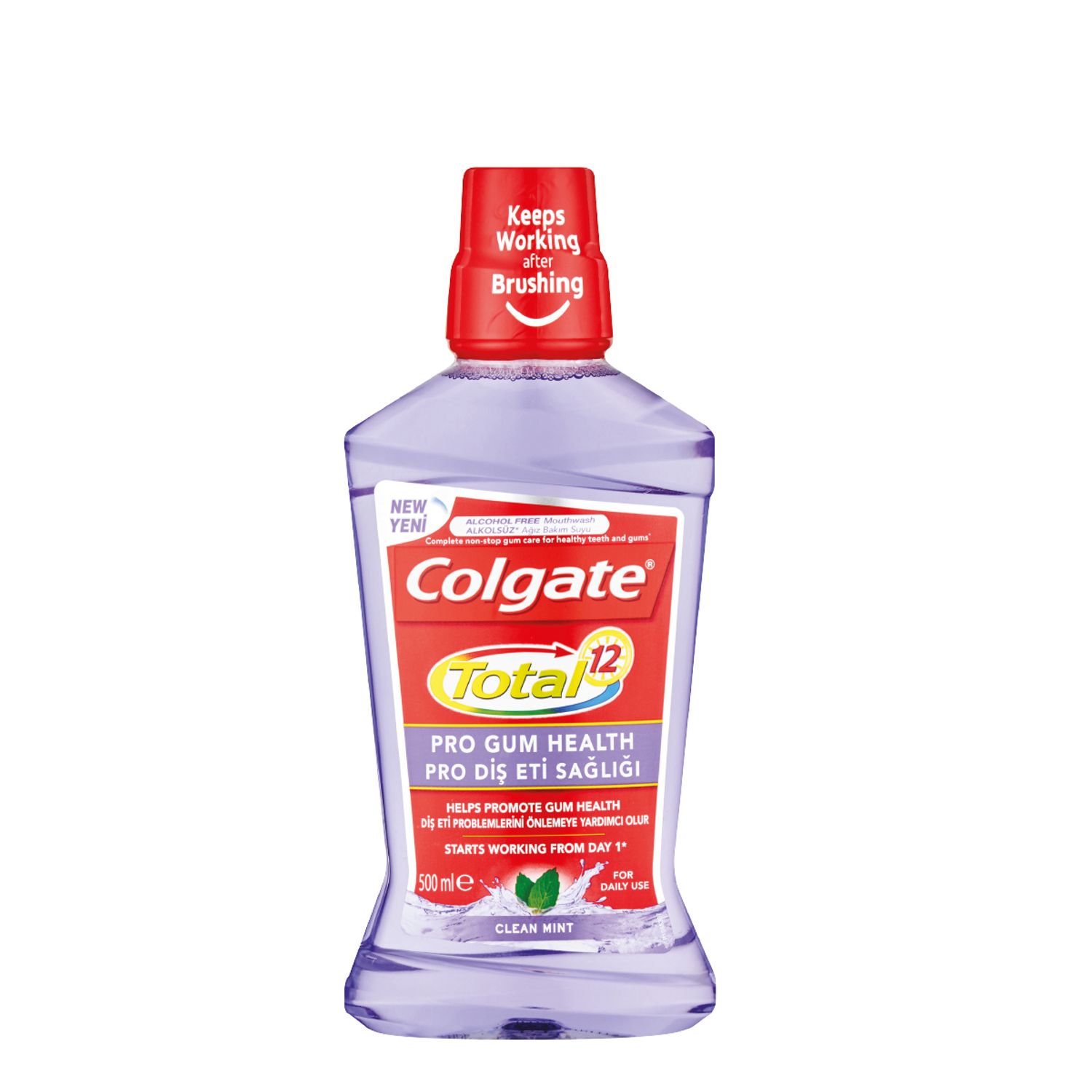What Are Periodontal Problems?
If your hands bled upon washing them, you would probably be concerned. And yet, many people think it's normal for their gums to bleed when they brush or floss. In a 1999 study, researchers at the U.S. National Institutes of Health (NIH) found that half of Americans aged over 30 had bleeding gums. Swollen and bleeding gums could be a sign of gum problems. Without treatment, the gum problem could spread. It could affect the structures that support the teeth in your jawbone. Eventually, your teeth could become so loose that they have to be extracted.
"Peri" means around, and "odontal" refers to teeth. Periodontal problems affect the structures around the teeth. These include the gums, the cementum that covers the root, the periodontal ligament, and the alveolar bone. In the earliest stage of periodontal problems, only the gums are affected. In more severe forms, all of the supporting tissues are involved. For many years, scientists have been trying to figure out what causes periodontal problems. It is now well accepted that the germs found in dental plaque are the major villains. Researchers are also learning more about the effects of gum problems on overall health.
In recent years, gum problems have been linked to other health problems. This is a new and exciting area of research, but many questions remain. Studies have produced varying answers on the connection between gum problems and other medical problems. More extensive research is necessary.
What Causes Periodontal Problems?
Periodontal problems are caused by the germs found in dental plaque. Plaque is the sticky substance that forms on your teeth soon after brushing. In an effort to get rid of these germs, the cells of your immune system release substances that inflame and damage the gums, periodontal ligament or alveolar bone. This leads to swollen, irritated gums, which is a sign of the early stage of gum problems. Damage from periodontal problems can also cause teeth to become loose. This is a sign of severe periodontitis (the advanced stage of gum problems).
You can prevent periodontal problems by practising good oral hygiene and visiting your dentist regularly. You should see the dentist once every six months. However, if you already have gum problems, you may need to visit more often. When performed correctly, daily brushing and flossing can help remove most of the plaque from your teeth. Professional cleaning by your dentist or dental hygienist will keep plaque under control in places that are harder for a toothbrush or floss to reach.
If you slip up your oral hygiene or skip dental visits, plaque can build up on your teeth. Eventually, it will spread below the gum line. The germs are protected there because your toothbrush can't reach them. If the plaque is not removed, the germs will continue to multiply. Your gum problems may get worse.
The build-up of plaque below the gumline causes the gums to become inflamed. As the gums swell, they detach from the teeth. This process forms a space, or "pocket", between the tooth and gum. Germs can grow rapidly in the pockets. This encourages further plaque build-up. If left untreated, periodontal problems could destroy the periodontal ligament and the alveolar bone – the structures supporting your teeth.
Another reason to remove plaque promptly is that it becomes hardened or calcified over time and turns into calculus. This is commonly called tartar. As calculus has a rougher surface than tooth enamel, it leads to even more plaque accumulation. It is also rougher than cementum, a layer that covers the tooth root. Calculus and plaque build up in layers.
Consult your dentist for information on options that can help reduce and slow down the build-up of calculus.
Risks and Prevention
The germs in plaque are the main cause of periodontal problems. However, several other factors, including but not limited to oral habits and medications, can contribute to gum problems. The following factors can increase and aggravate already existing gum problems:
- Genes — Due to genetic reasons, some people are more likely than others to experience periodontal problems. But gum problems are never inevitable. Even people who are highly prone to gum problems can help prevent them through good oral care.
- Smoking and tobacco use — Smoking increases the risk of gum problems. The longer you smoke, and the more you smoke, the higher the risk. If you already have gum problems, smoking will make it more severe. Smoking is a major reason why some cases of gum problems fail to respond to treatment. Smokers tend to collect more tartar on their teeth. They often develop deeper periodontal pockets once they have gum problems. They are also likely to lose more bone as the problem gets worse. Unlike many other factors that affect gum health, the decision whether or not to smoke is under your control. Quitting smoking can really help to bring gum problems under control.
- Misaligned or crowded teeth, braces or bridgework — Anything that makes it more difficult to brush or floss your teeth is likely to enhance plaque and tartar formation. The more plaque and tartar you have, the greater your chance of developing gum problems. Dentists and periodontists can show you the best ways to clean your teeth, even if they are hard to reach. For example, you can use special tools and ways of threading floss to clean around bridgework or slide under braces. If overcrowded or crooked teeth are a problem, your dentist may recommend orthodontics. This could straighten out your smile and give you a better chance of preventing gum problems.
- Grinding, gritting or clenching teeth — These habits won't cause gum problems. However, they can lead to more severe problems if your gums are already inflamed. These habits exert excess force on the teeth. This pressure appears to speed up the breakdown of the periodontal ligament and bone. In many cases, people can learn to stop this habit simply by recognising when it is happening and then relaxing. If these efforts don't work, your dentist or periodontist can create a custom guard appliance to help reduce the pressure of clenching or grinding on the teeth. This device is sometimes called an occlusal guard, night guard, mouth guard or bite guard.
- Stress — Stress can make gum problems worse and harder to treat. Stress weakens your body's immune system. This makes it harder for your body to fight off germs and gum problems.
- Fluctuating hormones — Whenever hormone levels go up and down in the body, changes can occur in the mouth. Puberty and pregnancy can temporarily increase the risk and severity of gum problems. So can menopause.
- Medications — Several types of medication can cause dry mouth, or xerostomia. Plaque is more likely to form if you don't have enough saliva. This may lead to cavities. Other medications may cause gum enlargement. This makes the gums more likely to trap plaque. If you are concerned about a medication you are taking, discuss this with your Doctor or Dentist.
- Health problems — People with certain health problems have a higher risk of developing gum problems. Their gum problems are also likely to be more severe. Inflammatory conditions can also increase the risk of gum problems, which can make it difficult to control such problems. Having such a condition can make it more difficult to control your periodontal problem. However, a good periodontist or dentist who is aware of these problems can guide you on how to maintain your periodontal health.
- Poor nutrition — Nutrition is important for overall good health, including a working immune system and healthy gums and mouth. Severe vitamin C deficiency (scurvy) can cause gum problems.
03/06/2013
© 2002- 2019 Aetna, Inc. All rights reserved.














